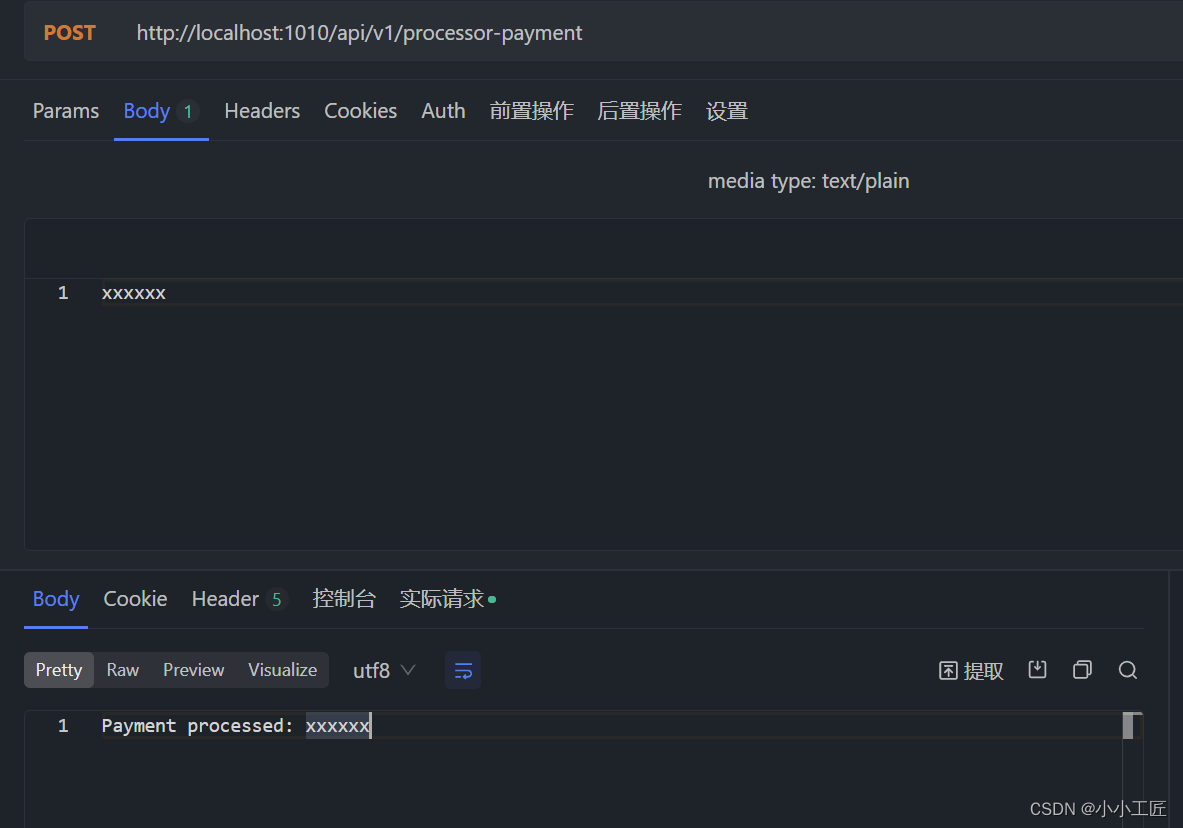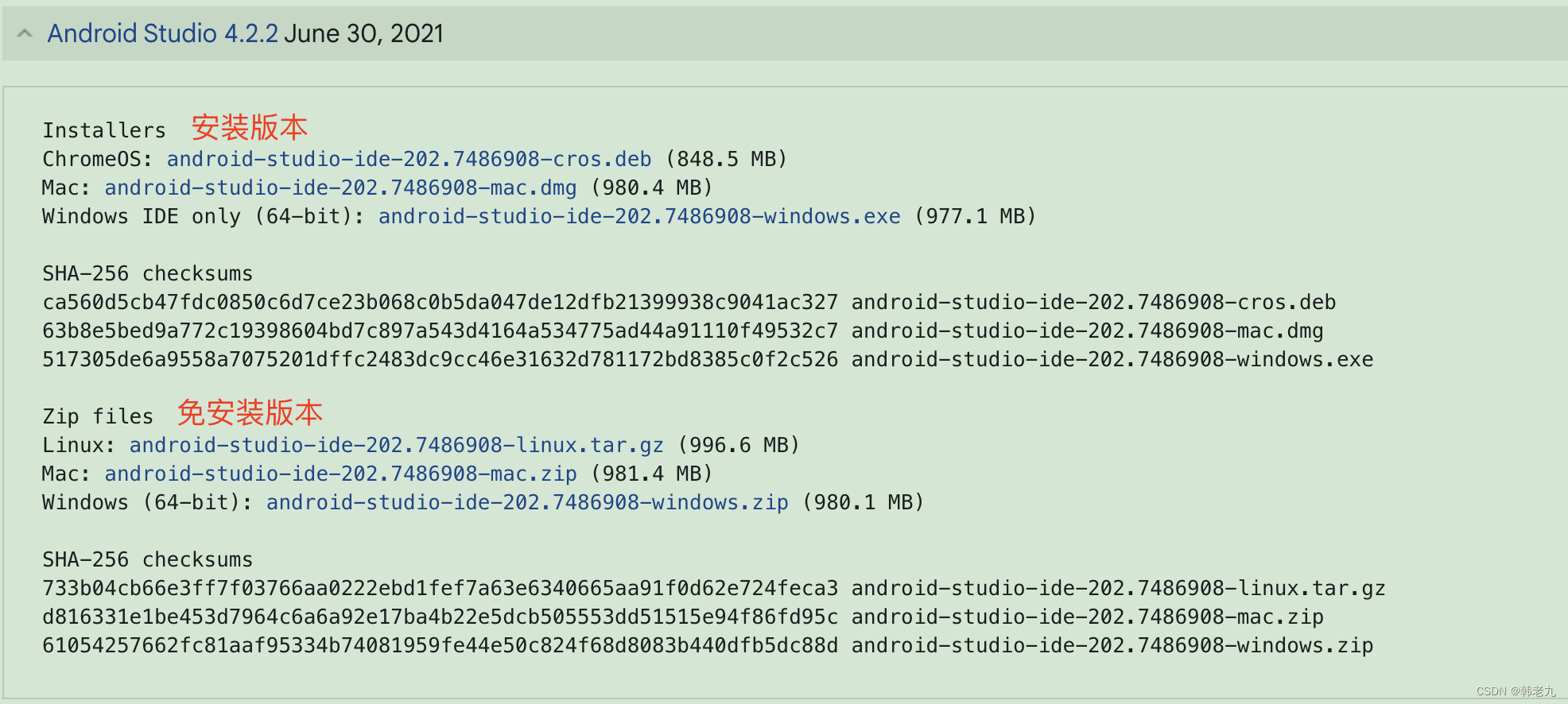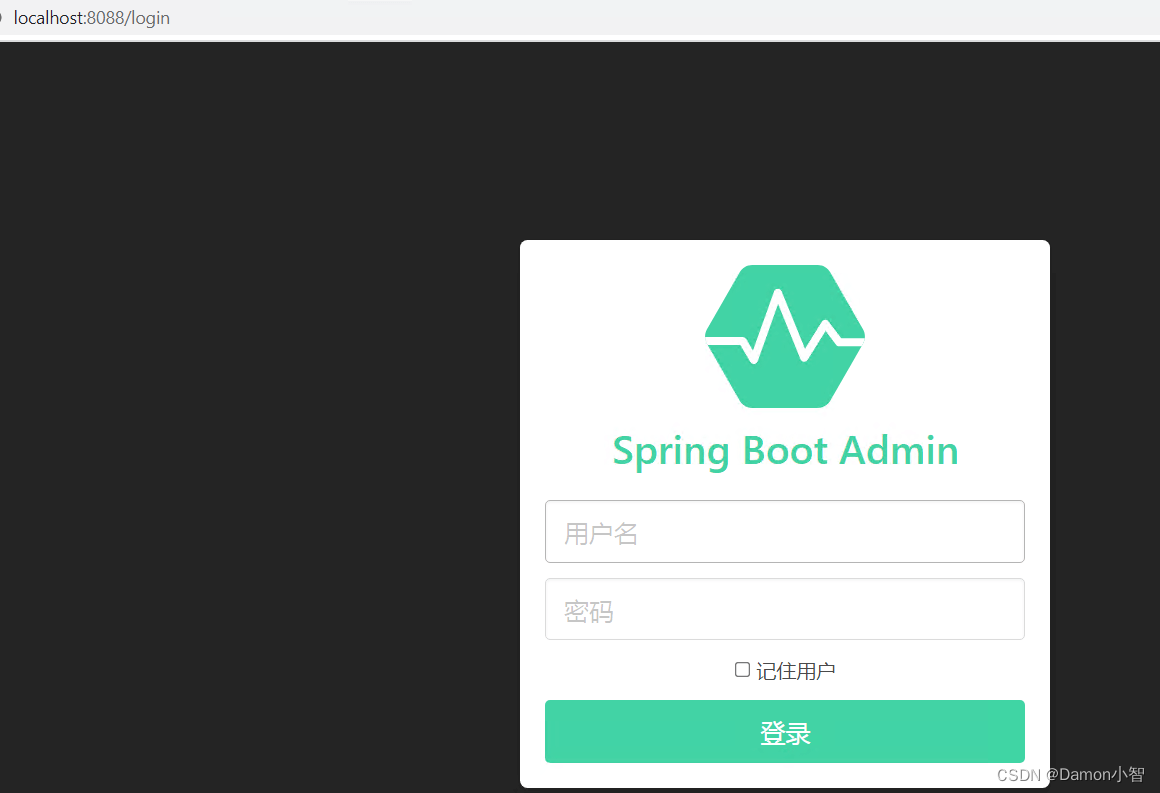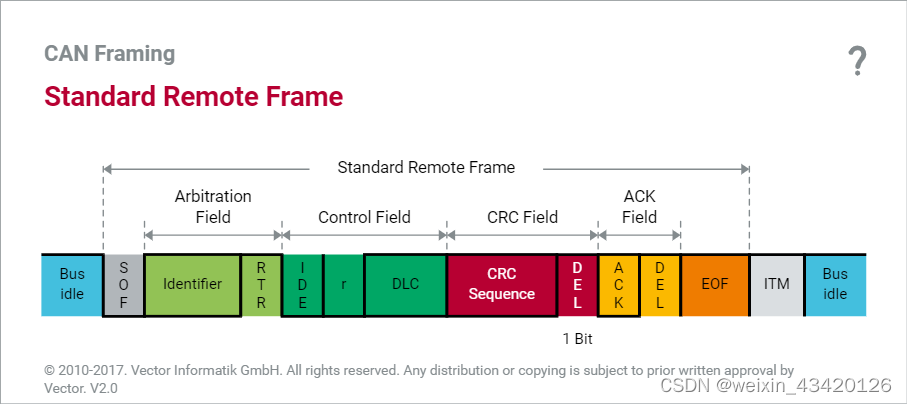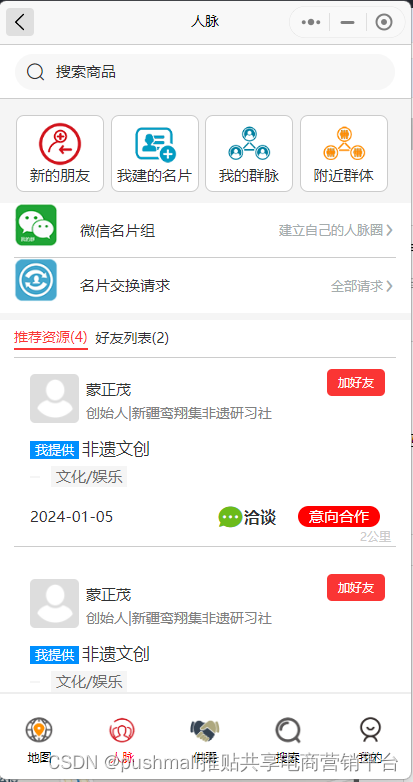Python data Structures
这门课是在coursera上由美国密歇根大学开展的公开课。python零基础可以选择course1,这是course2,我用来复习和补充的。本章将复习字符串、文件、列表。
Python是这样的,没学一次都有新的发现,补充以前遗漏的地方。
目录
- Python data Structures
- Chapter 6 String
- String Library
- Chapter7-8公式汇总
- Chapter 7 File
- Chapter 8 Lists
Chapter 6 String
1.len()
input string,输出长度。
字符串循环looping
fruit = 'banana'
index = 0
while index < len (fruit):
letter = fruit[index]
print (index, letter)
index = index+1
0 b
1 a
2 n
3 a
4 n
5 a
2.for statement 四行变两行
fruit = 'banana'
for letter in fruit:
print(letter)
3.Slice
slicing 切片-colon operator冒号
up to but not including
s= 'Monty Python'
print(s[0:7])
结果:Monty P
4.String Concatenation 字符串链接
a="Hello"
b= a+" "+"THere"
print(b)
5.in
- check one string is in another string
-return True or False(==)
fruit='banana'
print('n' in fruit)
print('m' in fruit)
6.split()
· specify what delimiter to use in spilt()
· Strings are immutable
修改字符串必须创建新的字符串

7.find()
- first occurrence, export index
- not found: return -1
fruit='banana'
pos=fruit.find('na')
print(pos)
8.rstip() lstrip()
remove white space at life or right
strip() beginning and ending white space
9.python 2 和3的不同
2默认处理ASCII,如果处理Unicode,前面要加u。
ASCII 字符串无法表示非 ASCII 字符,如中文、日文或特殊符号。如果你需要处理包含这些字符的文本,可能需要使用 Unicode 字符串。在 Python 3 中,字符串默认采用 Unicode 编码,但在 Python 2 中,你可能需要更谨慎地处理字符编码。
String Library
图片:

Chapter7-8公式汇总
转载自小红书@ 一只Silvvvia(上岸版)

Chapter 7 File
1.存储设备:
-
Main Memory (主内存):
- 主内存是计算机中用于存储程序和数据的临时存储器。它是易失性存储器,即当计算机断电时,其中的数据会丢失。主内存通常是随机访问存储器(RAM),用于临时存储正在运行的程序和操作系统的数据。
-
Secondary Memory (辅助存储器):
- 辅助存储器是计算机中用于长期存储数据和文件的存储设备。与主内存不同,辅助存储器是非易失性的,即使在断电的情况下也会保留数据。常见的辅助存储器包括硬盘驱动器、固态硬盘、USB 驱动器等。文件和程序通常存储在辅助存储器中,以便在计算机重新启动时保留。
-
Motherboard (主板):
- 主板是计算机系统中的核心电路板,它是各种硬件组件的连接中心。主板上集成了中央处理器(CPU)、内存插槽、扩展插槽(如PCIe插槽)、输入/输出端口(如USB和Ethernet端口)、芯片组等。主板通过各种总线(如前端总线和后端总线)连接这些组件,使它们能够相互通信。主板提供了计算机系统的基本结构和支持,是整个计算机的主要电路板。
2.open()
open()只是file handle, 他和data连接,并没有读取。
Second parameter in open()第二个参数的作用:
** Whether we want to read data from the file or write data to the file**
file中的空行。
newline: 一行的结束和新一行的开始。
.read() 是 Python 文件对象的方法,它的功能是读取整个文件的内容并返回一个包含文件内容的字符串。
Chapter 8 Lists
1.变量特殊性
普通变量variable:修改之后变量被覆盖。
Collection: many values in single ‘variable’.
·A list can be in another list.
2.range
· The range function returns a list of numbersthat range from zero to one less than the parameter
3.List and Loops
· We can construct an index loop using for and an integer iterator
· List can be slice using: up to but not including.
4.sort
·.sort() 对列表进行排序 大写在小写前。
upper case letters < lower case letters
A < a
大写字母在小写字母之前被选出。



